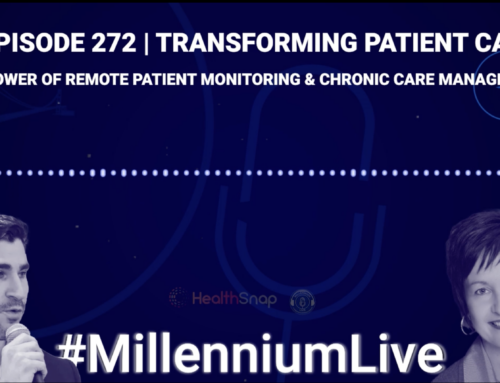From new products and services to IPOs and tools for reimbursement, the last 12 months have seen major changes in how digital health services are delivered and billed. Now, as the year comes to a close, we wanted to revisit three trends that we think made an impact this year and will continue to influence the sector in 2020 and beyond.
RPM CPT Codes Come Online
A year ago we wrote about three new CPT codes that came online in 2019. Those codes provided a critical framework that allowed providers to bill for remote patient monitoring services instead of providing those services under less specific telemedicine codes. Although these codes are tailored to clinical data (weight, blood pressure, pulse oximetry, respiratory flow rate), it seems likely that these will eventually be expanded to include remotely generated data related to a patient’s diet, general activity level and environmental factors that might also influence health outcomes.
There are still barriers to widespread adoption and implementation of RPM services. One of those barriers was made apparent as soon as the new codes went live on January 1—at launch, the codes only allowed physicians to perform these services. By mid-March, CMS issued a technical correction that allowed these codes to be billed as an “incident to” service when performed by licensed medical professionals. The 2020 CMS Fee Schedule builds on the codes that were introduced this year, allowing for additional flexibility and time to deliver these services.
Lifestyle Data Analytics Put Data to Work
There are many reasons why digital health and remote patient monitoring have exploded in the last few years—the increasing prevalence of value-based care models, patient demand, and the epidemiological transition from infectious diseases to chronic conditions all contribute to an environment where digital technology is becoming central to healthcare. It’s important to remember, though, that digital health is about more than collecting data, it’s about using that data to keep patients healthy.
Put another way, data by itself doesn’t do a whole lot of good. While we know that patients trust their doctors and are eager to share their personal data, they expect that data to be used to inform their care. For their part, providers recognize the value and potential of this data, but they don’t have time to sift through countless data points to understand their patient’s health. That’s why HealthSnap introduced Lifestyle Data Analytics, a scalable solution that builds on peer-reviewed literature to deliver concise feedback for providers and patients. Both patients and providers can benefit from our Lifestyle Profile, an interactive dashboard that visualizes the most important information in a way that’s easy to read and act on.
Health Tech Isn’t Just for Early Adopters
Ten years ago, consumer-facing health technology had only begun to creep into the mainstream. Today, providers, payers, and traditional “big tech” all recognize that consumer-facing digital health technology is not only here to stay, it’s beginning to drive the entire healthcare sector (if you don’t believe us, check out our recap of the 2019 Consumer Electronics Show!). Early adopters may have begun the consumer health technology revolution, but in 2019 we saw the technology go more mainstream than ever. In October, Apple lowered the price of its entry-level Apple Watch to $199 while Medicare Advantage provider Devoted Health began subsidizing the cost of Apple Watches for its members. Although these two developments only influenced Apple Watch sales, the ripple effects are likely to influence other payers and manufacturers in ways that ultimately lead to even higher adoption rates.
Looking Forward
2020 is shaping up to be another exciting year for digital health. Building on the success of 2019, providers will continue to implement and bill for RPM services, manufacturers will introduce ground-breaking new products, and patients will benefit from technology that helps them engage in their own wellness to stay healthier and happier in the new year!
Help your patients understand how their lifestyle impacts their health by encouraging them to use our data-driven lifestyle management platform. With HealthSnap, you can easily understand and remotely monitor your patients’ lifestyle health to make data-driven care decisions. To learn more, reach out and schedule a demo today!












Leave A Comment
You must be logged in to post a comment.